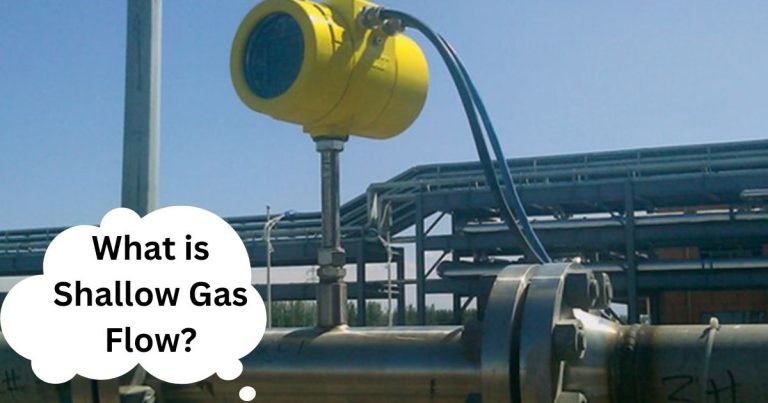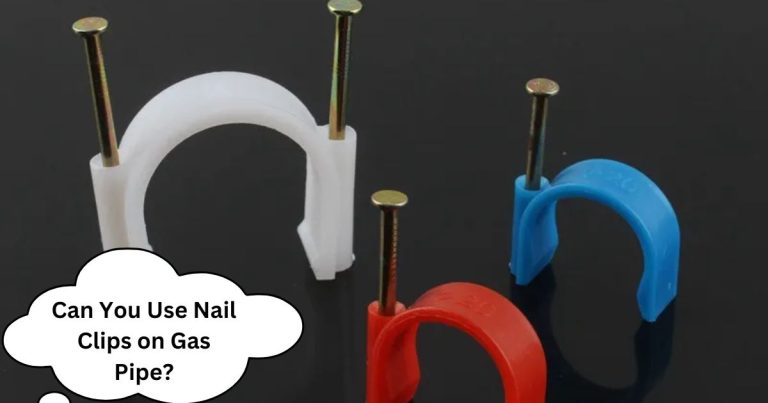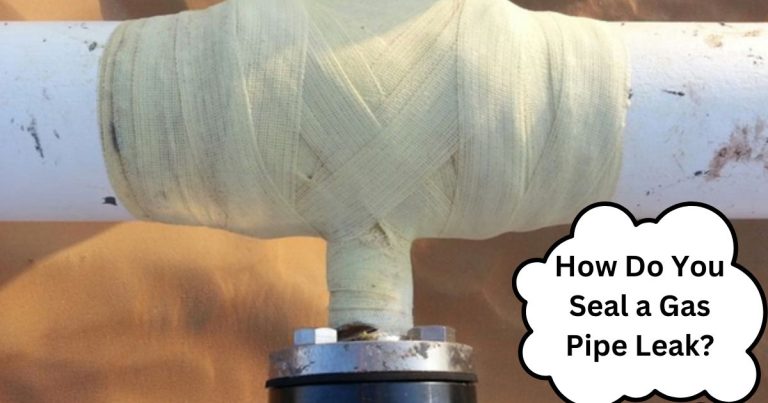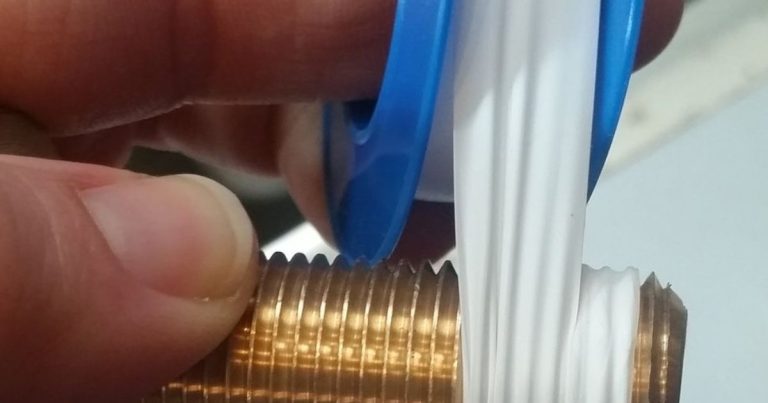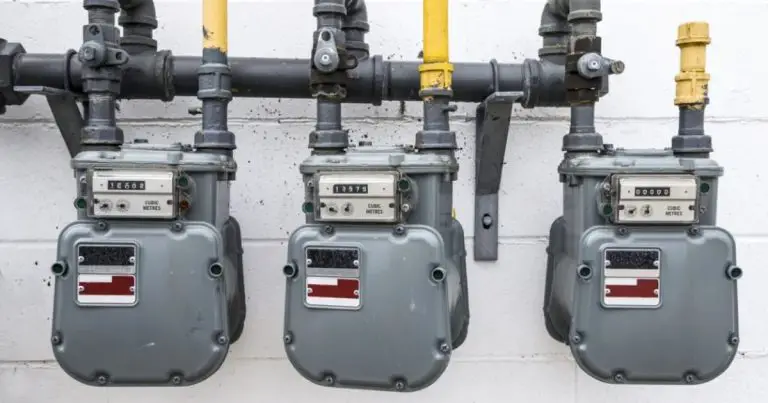Do You Use Tape or Paste for Gas Lines? (Simple Method!)
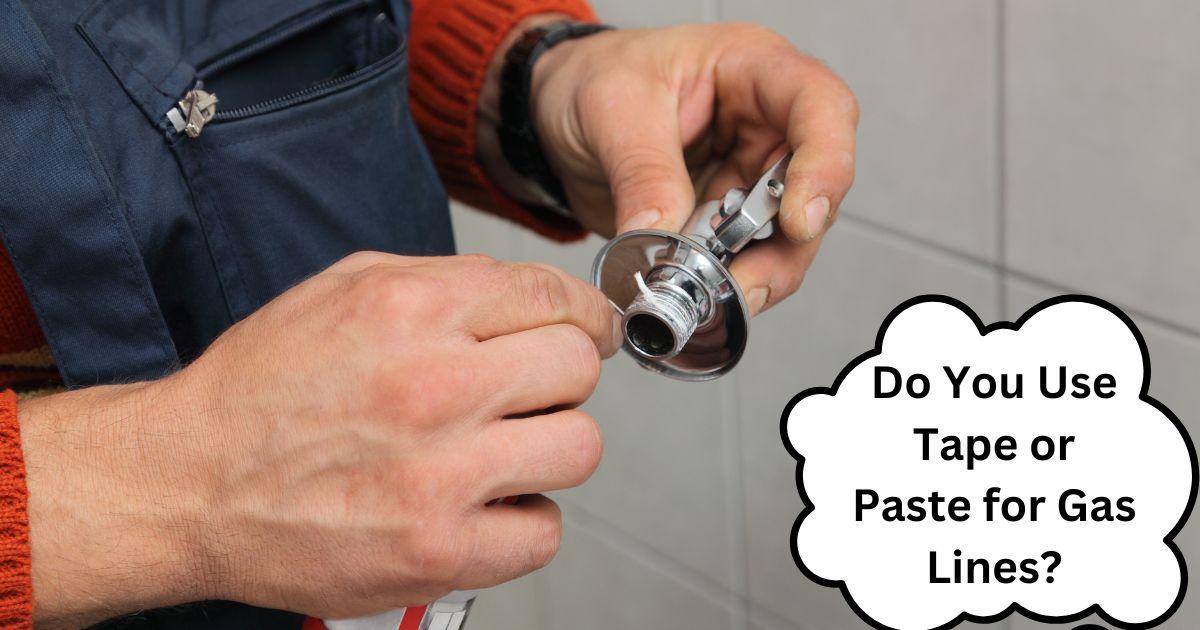
When it comes to gas lines, deciding whether to use tape or paste can be a daunting task.
With safety being the primary concern, finding the right solution is paramount.
Knowing what each option has to offer and how they differ can help you make an informed decision when choosing which one best suits your needs.
Do You Use Tape or Paste for Gas Lines?
When connecting gas lines, it is important to use the proper connection method. The best practice for securing these connections is to use yellow-colored thread sealant tape (or “gas line” tape) specifically designed for sealing and protecting threaded pipe joints carrying natural gas or propane. This type of tape should be wrapped around the threads three times, stretched slightly when wrapping, and then tightened securely with a wrench. Additionally, special paste-type thread sealants can also be used which form a stronger bond than just using tape alone; however, this combination provides an extra measure of security in critical applications such as fuel systems and high pressure equipment.
What is Gas Line Paste and Type?
Gas line paste, also known as gas-rated thread sealant, is a type of adhesive compound used to create a tight and long-lasting seal between two pieces of metal piping.
This product is designed for use on gas pipelines and helps prevent leaks in the connection.
It is specially formulated to resist the effects of heat that are common when dealing with natural gases like propane, butane or methane.
Unlike tape which can be difficult to remove once applied, gas line paste can be easily reworked if necessary by simply applying more paste into any gaps left in the joint before tightening up the connection again.
The fact that it does not harden makes it very useful when trying to adjust connections between pipes or even undo them entirely afterwards.
Different types of pastes exist based on their viscosity levels being either thick or thin depending on your needs and how much you plan to move around the parts you’re connecting together after application.
Thin pastes are ideal for applications where precise positioning is needed while thicker varieties ensure a better grip over time without compromising flexibility during installation.
What kind of sealant do you use on gas lines?
When it comes to sealing gas lines, it is important to use the right type of sealant.
The most common type of sealant used on gas lines is a thread sealant.
This type of sealant is designed to create a tight seal between the threads of the gas line and the fitting.
It is important to use a thread sealant that is specifically designed for use with gas lines, as other types of sealants may not be compatible with the gas line material.
Thread sealants are available in both paste and tape form.
The paste form is applied to the threads of the gas line and fitting before they are connected, while the tape form is wrapped around the threads before they are connected.
Thread sealants are designed to be resistant to the chemicals found in natural gas, propane, and other types of fuel gases.
It is important to follow the manufacturer’s instructions when using a thread sealant, as improper use can lead to leaks.
Why do some homeowners choose tape and others paste for gas lines?
With tape, it’s an effortless way to seal up a gas line.
However, if you are sealing any piping that is exposed or concealed behind walls or floors – especially if it is below ground level – then you will find that using tape can present its own difficulties.
If your gas pipe is located in a basement, cellar or crawlspace, then it might be necessary to employ something more robust than just a piece of packaging tape.
Instead, use a specialized compound like liquid expanding foam insulation board (also known as EIFB).
This type of tape is designed to adhere to rough surfaces, making it perfect for use in these areas.
In contrast, using a paste can be more challenging. It’s important to note that not all pastes are created equal and there are some that can be quite difficult to handle if you’re not familiar with them.
If you choose to go this route, make sure that you select one that is specifically designed for gas lines and has a high pressure resistance so that it will not burst when connecting the line to the pipe.
What is the Difference Between Tape and Paste for Gas Lines?
Tape and paste are two different adhesives used for gas line sealing. Tape is favored by some professionals for its flexibility, while paste provides more robust performance with a firmer bond.
First off, let’s take a peek at the pros and cons of both adhesive options:
Pros
- Easy to use and readily available at most hardware stores or online.
- Less costly than other types of tape and ready to be applied in no time.
- Offers great versatility – it can be adjusted to fit any tight spot!
Cons
- May not be ideal for areas where airtightness is required.
- Can burst if subjected to high pressure or excessive heat.
If you’re looking for a quick and easy way to seal up your gas line, tape may be a better option.
However, if you need something that will withstand high pressure and temperatures, paste is a better choice.
Both products have their own unique advantages and disadvantages, so it’s important to consider all of these factors before making a decision.
Benefits of Using Gas Line Tape vs Paste:
1: Tape is easy and quick to apply.
2: Tape has better adhesion than paste, creating a tighter seal.
3: Tape is more resistant to vibration and temperature changes.
4: Tape does not require mixing, unlike paste.
5: Tape is easier to clean up and remove compared to paste.
6: Tape is less likely to crack, which can lead to gas line leaks.
7: Tape is less expensive than paste.
With tape on hand, there’s no need to worry about stray wires. Plus, it comes in various sizes and textures – from rough to smooth. The versatility of this product can’t be understated!
On the flipside, applying paste is a task for the experienced DIYer.
Getting all the nooks and crannies of your gas pipes neatly tucked in place will require patience and precision as well as ensuring that no air bubbles are left behind.
Ultimately, this process requires unceasing vigilance!’
Types of Gas Line Tape Available:
The two main types of gas line tape available on the market are petroleum-based and silicone.
The latter is non-flammable and impervious to corrosion, making it an ideal option for installing in insulated piping systems.
Silicone adhesives are classified into three distinct groups:
• High temperature resins (HTR) offer consistent results while maintaining equipment temperature, pressure and flow at steady levels. However, they can be susceptible to some degradation over time; therefore there is a need to regularly inspect them. This could result in replacement down the road if necessary. More on high temperature resin tapes here!
• Low temperature resins (LTR) provide greater protection against thermal shock than HTRs due to their ability to withstand temperatures down to -50°C with decrease increments as low -32°C up to -110°C. These resins are more costly because of their increased susceptibility towards degradation but remain effective even after long periods of time exposed to harsh weather conditions.
• Epoxy resins (ER), which provide added resistance against splitting, cracking and racking. ER tapes can also withstand a wider range of temperatures, making them the best option for applications that involve high pressure or high temperature.
The types of gas line tape available on the market are silicone-based and petroleum-based. Silicone-based tapes are non-flammable and impervious to corrosion, making them an ideal option for installing in insulated systems.
Petroleum-based tapes are less expensive but may not be as durable over time.
Safety Considerations When Applying Gases Lines with Paste or tape:
For the most part, the tasks associated with this endeavor are straightforward – pocket screw placement and epoxy adhesives have always been commonplace in the industry.
However, it’s prudent to note that not all gas pipe installations should be left in place indefinitely; rather they should be fitted out with an inert sealant prior lest there arise an unforeseen leak.
Step 1: Ensure the Gas Line is Clean and Dry
Step 2: Wear Appropriate Safety Gear, Such As Goggles and Gloves
Step 3: Read and Follow Manufacturer’s Instructions for Application
Step 4: Secure the Tape or Paste Around the Pipe Joints, Ensuring a Tight Seal
Step 5: Test the Lines for Leaks After Application
Step 6: Dispose of Used Tape or Paste According to Local Regulations
Conclusion:
For homeowners and contractors alike, gas lines installation is a straightforward process that doesn’t require specialized knowledge.
Regardless of whether you are using tape or paste for the job, all that’s required is a steady hand and an unwavering commitment to excellence!
After years of experience in the industry, our team can provide cost-effective solutions for any size project.
Our expertise will ensure you get the most out of every dollar spent on materials – from finding the lowest prices for tape & paste to offering personalized assistance during installation.
Are you looking for affordable gas line solutions? Take advantage of our cost savings with our comprehensive inventory and expansive knowledge of materials.


